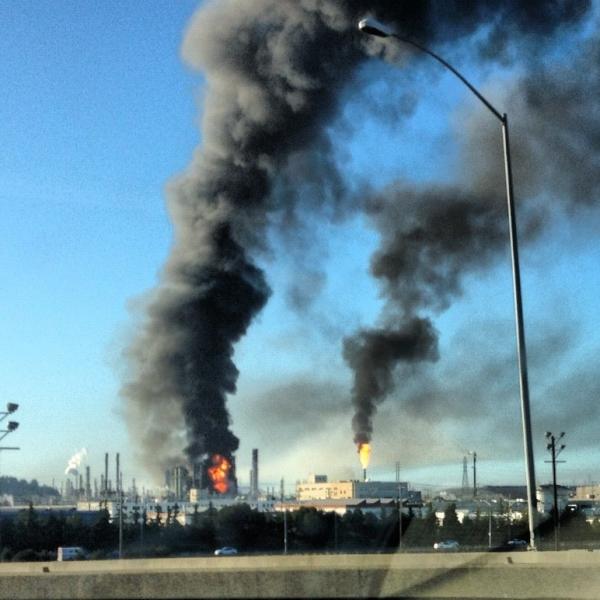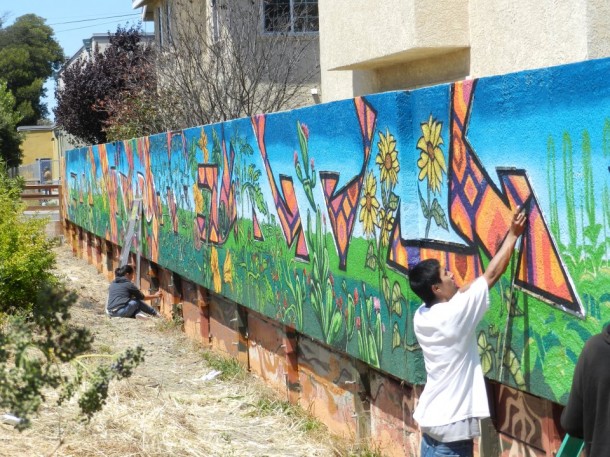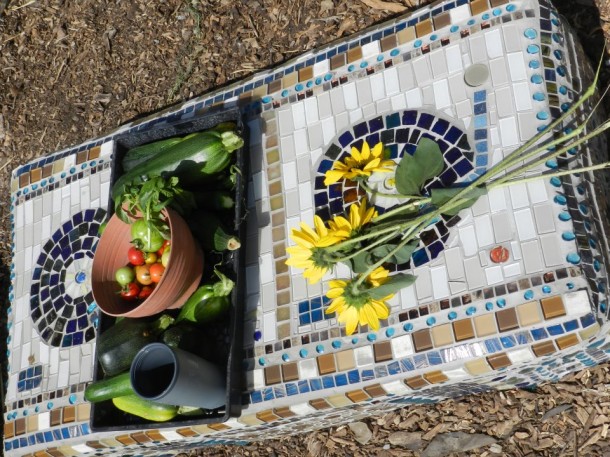
Smoke from the latest explosion at the Chevron Refinery in Richmond seeps into the atmosphere causing health issues and destroying crops.
For Immediate Release – August 14, 2012
On August 6, a massive fire broke out at the nearby Chevron refinery, resulting in an ominous cloud of black smoke blanketing the city and spewing tons of pollution into the air. Five Chevron employees reported injuries from the 600-degree, highly-flammable mixture of ethanol, freon and benzene released into the atmosphere. Though the fire was contained relatively quickly, its impact was devastating: In the aftermath of the fire, more than 5,000 local residents were admitted to local emergency rooms, many complaining of respiratory problems, migraine headaches, watery eyes, or skin rashes. Gas prices jumped 5 cents per gallon overnight and had risen by 30 cents per gallon a week after the incident. Sadly, Urban Tilth’s gardens were contaminated, forcing hundreds of pounds of organic produce to be thrown away due to safety concerns.

Richmond youth put the final touches on the “Food is Medicine” mural in Berryland, a grove of medicinal plants and berries at 6th and the Greenway. Photo by Daud Abdullah.
In the days which followed, thousands of Richmond residents filed claims against the multinational company headquartered in Richmond, while newspaper reports detailed the grave context behind the refinery fire: According to the Contra Costa Times, Chevron’s Richmond refinery has had eight major pollution incidents – five of them fires – since 1999. Additionally, the paper reported that “Chevron racked up the highest number of Level 3 accidents — those with a fatality, serious injury and major damage” of the four local refineries during that period, as well as a disparate number of people requiring medical attention or hospitalization.

CRP artist Daud Abdullah’s mosaic benches have created a gathering space for people eat healthy food picked straight from the gardens. Photo by Daud Abdullah.
For example, CRP’s “Healthy Living” initiative, which includes the Greenway project, has helped to promote food consciousness, environmental awareness, blight reduction, alternative transportation, cultural pride, youth development, and nonviolence while transforming blighted areas and underutilized spaces in Richmond and Oakland. It’s also helped to highlight the efforts of our community partners like Urban Tilth, Richmond Spokes and Peoples Grocery, who have been on the frontlines of the Bay Area’s burgeoning eco-sustainability and food justice movements.

This collaboration between Pancho Pescador and Ricardo Munoz on the Greenway demonstrates the interconnectedness between culture and nature. Photo by Daud Abdullah
